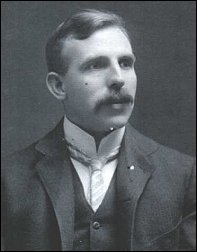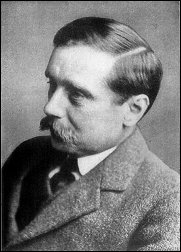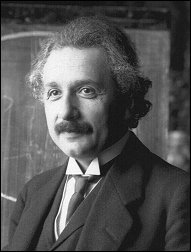| General Chemistry is a free introductory textbook on chemistry. See the editorial for more information.... |

|

Home  Nuclear Chemistry Nuclear Chemistry  The Study of Radioactive Compounds The Study of Radioactive Compounds |
|||||||
| See also: Radioactive Decay | |||||||






|
|||||||
The Study of Radioactive CompoundsAuthor: Andrew R. Barron
The first experiment that gave an insight into the source of radiation was a study by Marie Curie of pitchblende, a uranium containing rock. During her study she noticed that pitchblende is radioactively hotter than uranium itself. To take this observation into account she reasoned that pitchblende contains other elements that are more radioactive than uranium. As a consequence she discovered polonium (Po, named after Poland), and radium (Ra, named after radioactivity). But this discovery opened up further questions. If one wondered about the energy generated by uranium, then the nature of radium is even more of an issue. Radium appears to generate 3 million times more energy than uranium. Thus, 1 g of radium releases 140 cal/h for years. This still requires an answer to the question: where does the energy come from? It could be suggested that the energy is absorbed from surroundings and converted to radiation, but this would break the 2nd law of thermodynamics, which states the entropy of an isolated system which is not in equilibrium will tend to increase over time, approaching a maximum value at equilibrium. Therefore it is necessary to explain where the energy comes from without breaking this law.
In 1903 Ernest Rutherford suggested that atoms posses a large amount of energy that is never tapped, and that the energy released by radioactivity was just a small amount of the total energy. He called this large amount of untapped energy atomic energy. It is interesting to note that the writer H. G. Wells wrote of atomic bombs 40 years before one existed. While it was possible to say that there is energy coming from the atom. The picture was still not complete until Albert Einstein developed the concept that energy is mass, and mass is concentrated energy. Based upon Einstein’s concept, it is clear that in order for energy to be released from an atom it must loose mass. Once this statement is made then all the laws (conservation of energy and thermodynamics) are obeyed.
|
|||||||
Home  Nuclear Chemistry Nuclear Chemistry  The Study of Radioactive Compounds The Study of Radioactive Compounds |
|||||||
Last Update: 2011-02-16




